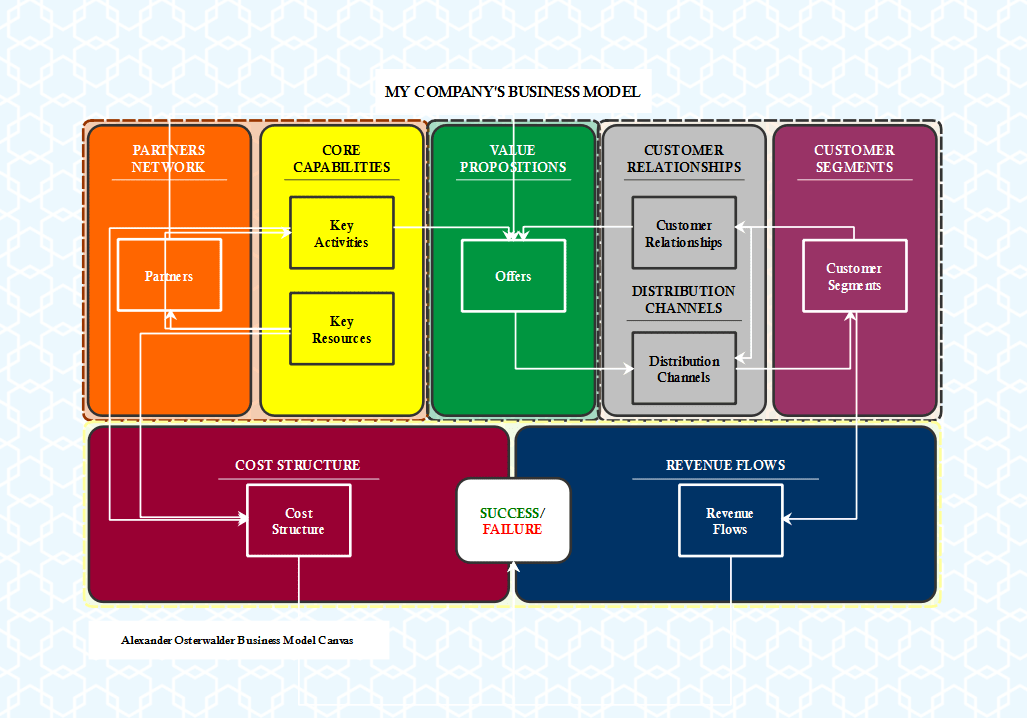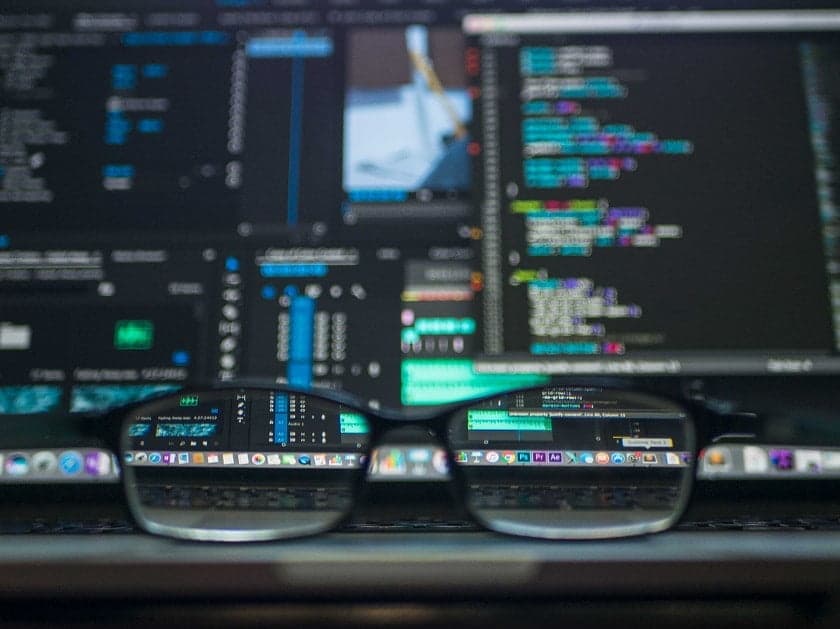Over the last year, our sense of normal in the workplace has changed repeatedly, as employees and managers alike have had to contend with sudden remote work, shifting markets, and changes. Though reimagining yet another part of the work process may seem far from ideal, designing and launching an employee reward program can support teams in particularly difficult times. When built correctly, rewards programs can not only help your employees work harder, they can create a more satisfied team, better professional relationships, and a more productive workforce.
Rewards programs, combined with other benefits and perks in any employee handbook, can function in many ways and have several potential advantages. Employees can feel united in a shared goal and rewards build collaboration between team members. You can support employees who need specific goals by having individual opportunities at the ready.
Beyond this, rewards programs can motivate productivity and efficiency. Effective leadership has many facets, and motivating your team is vital to your success as a manager. Giving your team a real, tangible reward for their work can help improve focus and promote increased productivity. This tactic has been in place for a long time, and there are a few reasons why.
Why Rewards Programs Work
With the COVID-19 pandemic disrupting every part of our lives, it is natural to see the focus of your employees and team members wane. They are not only dealing with increased work pressure but are experiencing an event that is affecting every aspect of their lives. While individual goals can motivate employees to do their best, team or department rewards can build team cohesion and a sense of support.
In a time when many activities can feel pointless, jobs can feel like they have little or no impact on the world. Giving employees tangible ways to mark achievements can help them focus on and become more engaged with their work. This can imbue their tasks with more meaning, and encourage them to collaborate with their coworkers to meet their goals.
Transparent, upfront communication can make employees feel heard and supported and is critical to the creation of a successful rewards program. This type of team-building does more than improve immediate skills, it also builds important soft skills that will support your employees throughout their careers. So how do you design these programs to boost efficiency and productivity?
Choosing and Implementing a Reward System
The creation of an effective rewards program requires a lot of consideration and planning. While you may draw ideas from different industries or departments, keep in mind what motivates your team in particular. Different types of programs are useful for different types of employees and different desired goals.
There are three types of rewards that you commonly see in offices. Each of them caters to a different developmental goal and is useful for teams at different stages of development and varying sizes. When considering how to structure a reward system, people often select either:
- Individual recognition
- Individual rewards
- Or team-based rewards
Individual rewards can help develop the confidence and skills of individual employees and can be used when you have a team that already works well together. The same of true of individual recognition, though these cater to different personality types and motivations. Team-based rewards, on the other hand, can be extremely useful for taking your team to the next level and improving collaboration throughout your company.
Individual Recognition and Rewards
Individual recognition is one of the most common forms of incentive programs. This is where you find things like Employee of the Month rewards and highest earner recognition in sales teams. These rewards are focused on the recognition of an individual’s demonstrated skills or performance and can be a good option if you have team members who are confident in collaboration, but who devalue their unique skillset.
Teams are ultimately a collection of individuals and while collaboration within a team is important, individuals must be confident in what they offer to the group. The reward can be the recognition itself, or it can be something more substantial like an end-of-month bonus. This is often seen on sales teams where the highest earner or the representative with the highest closing rate that month is given a bonus.
Non-monetary rewards like free lunch, choice of small prizes, or the right to choose the office playlist for a day, can all be effective forms of motivation as well. These types of rewards focus on the day-to-day comfort of your employees. They can make your team that you care about them beyond their value as an employee, as a person, which can strengthen relationships and build goodwill.
Team-Based Rewards
Team rewards are especially useful for teams who are learning to work and communicate with each other. This type of reward could be choosing the weekly catered lunch, or to team members having a day off. It could even be something related to their productivity.
You can offer that a winning team’s idea gets implemented as a part of a new workflow. Or that their recommendation for providing the office with a quiet space outside of the floor and the breakroom is acted on. These rewards focus on the success of the group and are very useful for teams or departments that are confident in their ability to work together.
They are also useful for those that are still learning to communicate. By offering a reward focused on their career, you can motivate them to take ownership over more advanced tasks and have a hand in guiding their professional focus. This can also bring innovative ideas to the table that can improve the company as a whole.
Before You Launch Your Program
Before you launch your newly designed reward and recognition program, be sure that you have thoroughly considered your team and what you hope to accomplish. The type of system you are putting in place will be heavily influenced by your management style, but you need to make sure that your plans align with your team’s values. People will be motivated by different things, and groups will have different dynamics.
Listen to your employees when designing the program, not only about what they would find motivating but about the problems that they see in your department. Maybe individuals are interested in having a stronger voice, but as a group, they feel heard and supported. Or perhaps their communication as individuals is great, but once they have to work together at a team level, things begin to get messy.
Each situation will be different, so make sure you know what is most likely to succeed. You must continue soliciting feedback from teams and individuals after you have implemented the system as well. This will tell you how well you are doing, and what you need to change.
After You Have Launched
Like anything in business, you have to be prepared for things to not work out the way you hoped. As a manager, you need to be able to adjust your approach to rewards as your team’s response becomes clear. For rewards systems to be successful, continue to request feedback from your employees after the system has been launched and at regular points throughout the year.
For example, what do you do if you’ve designed and implemented what you think is the perfect rewards program, but your team isn’t responding as you’d hoped? Open up the floor to them, ask for suggestions, and try to find out what isn’t working for them. Opening communication will not only make your team feel supported and heard, but it can also help you grow as a manager as well.
It can be hard to not take failures personally, especially when you are trying to make improvements for the good of your department and your employees, but taking the opportunity to understand where your strengths and weaknesses are can help you improve as a manager. Perhaps you focused too much on individual rewards and your department lacks cohesion, or you made communication the key focus when what is needed is individual support and development. Either way, take the opportunity to listen more closely to your employees and gain an understanding of how to best manage and motivate them.
Results of Effective Recognition
The results of effective rewards systems are two-fold and stem from an increase in satisfaction and productivity within your team. Studies have shown that satisfied employees are more productive and more invested in the success of their company. This comes from a sense of support and value that comes from being able to see tangible results of their work.
Each of the styles of rewards system can produce different results. Those focused on individual rewards or gains will prompt individual productivity and satisfaction and is especially useful in situations where team members do very isolated work. Those who focus on the success of the team or the opportunity to voice innovative ideas will offer a sense of autonomy to team members.
There is a trend of employees feeling unsupported and unprepared for their positions by management, a problem that has prompted the “job-hopping” mentality of many millennial employees. On an individual level, successful rewards programs will make employees feel that their work has a direct impact on either the customer or the company, while team-based rewards can create a sense of cohesion and the ability to affect bigger changes. Rewards programs can, in short, create an increase in your bottom line of productivity and take your business in new and exciting directions.
Rewards systems are nothing new, and countless managers use them to motivate their teams by offering additional perks and benefits. Make sure that you know what you hope to do by implementing this rewards program and use it as an opportunity to understand and communicate with your team in a transparent way. With the right program, you can boost efficiency, engagement, and productivity.
About the author




